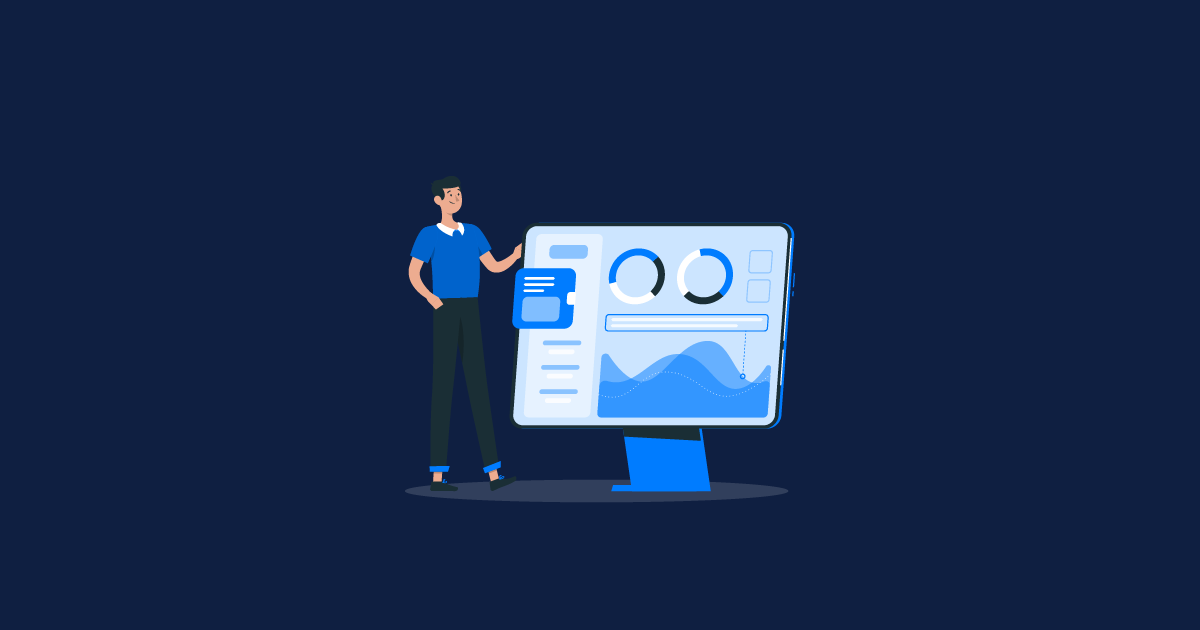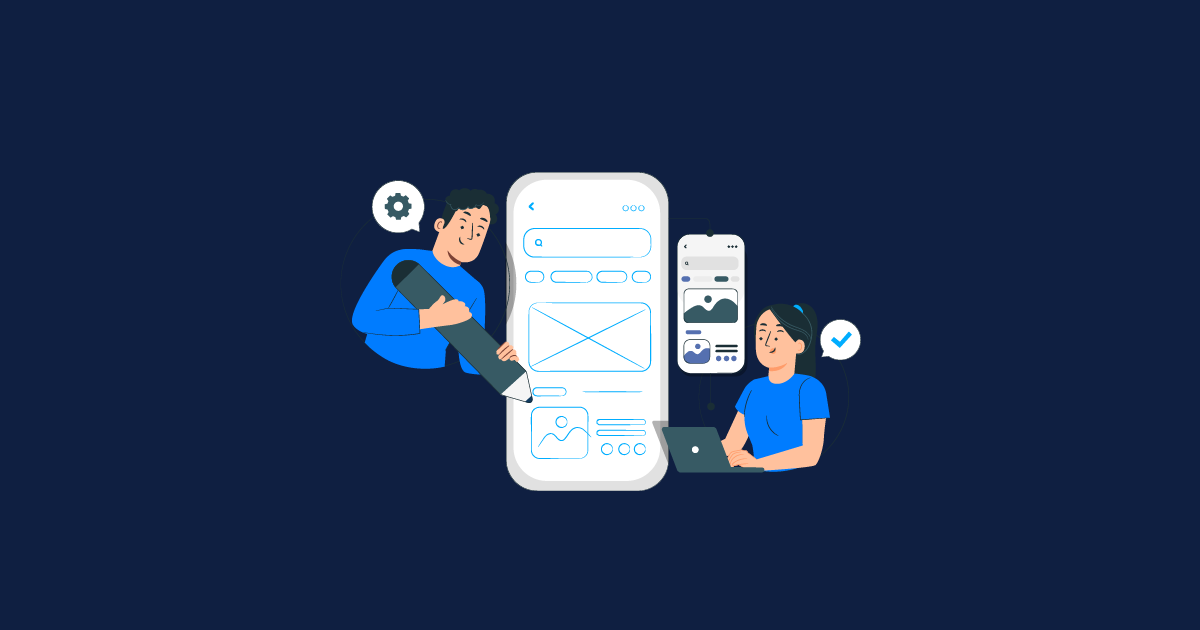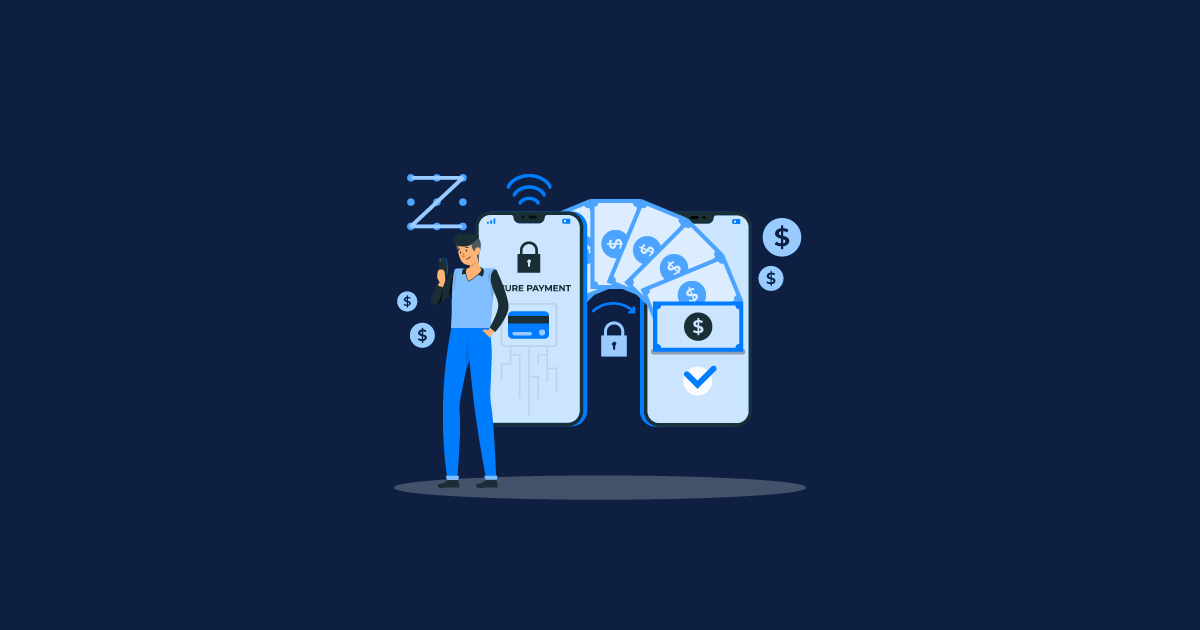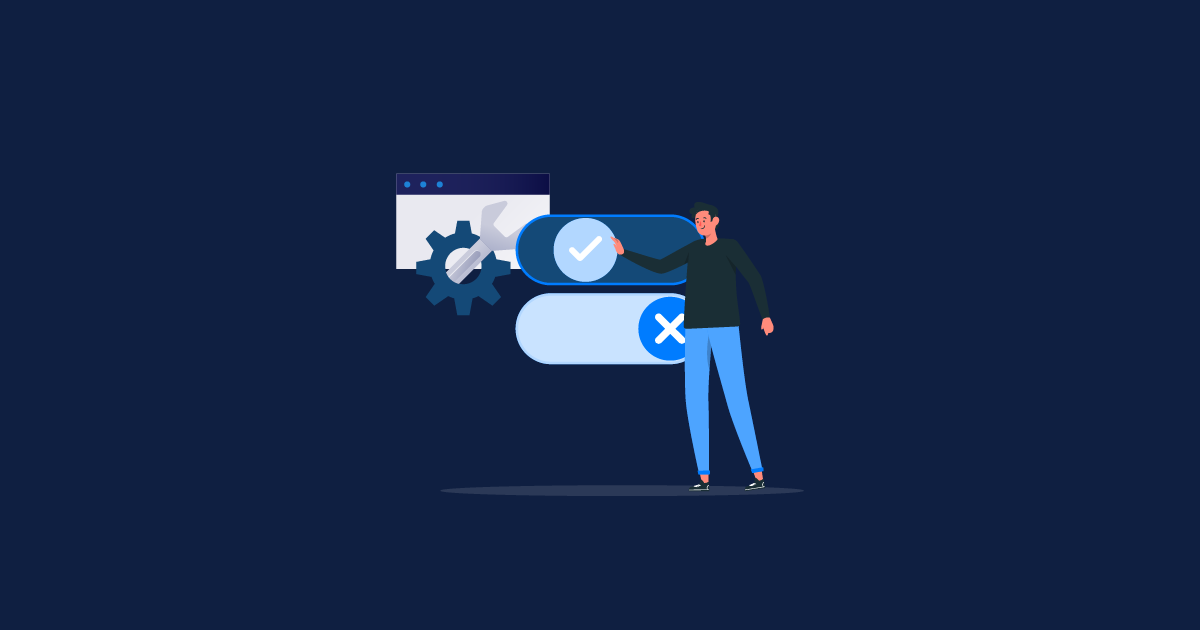The EAA compliance deadline is approaching. Ensure your digital product meets accessibility standards in time. Learn what steps to take now.
With the European Accessibility Act (EAA) compliance deadline fast approaching on June 28, 2025, it’s time for businesses to act. Accessibility isn’t just a trend—it’s essential for creating inclusive, user-friendly digital experiences that engage a wider audience. But what exactly does EAA compliance mean, and how can you ensure your digital product is ready before the deadline? Let’s dive into the details.
What is EAA Compliance?
The European Accessibility Act (EAA) is a European Union legislation aimed at ensuring that digital products and services are accessible to people with disabilities. The law covers everything from websites and apps to online services, making them more usable for people with visual, auditory, physical, or cognitive disabilities.
Under the EAA, businesses operating in the EU or offering services to EU consumers must meet specific accessibility requirements. These include adding text alternatives for non-text content, providing easy navigation for screen readers, and ensuring content is accessible to all users, regardless of their abilities.
Why You Need to Care About EAA Compliance
1. Legal Requirements:
Missing the EAA compliance deadline could lead to legal penalties or fines. With the clock ticking, now’s the time to start.
2. Reach a Larger Audience:
Accessibility isn’t just about avoiding penalties; it’s about reaching more people. Around 15% of the global population lives with some form of disability, many of whom face barriers when interacting with inaccessible websites. Ensuring your products are EAA-compliant means they’re usable by this large, often overlooked group.
3. Build Trust and Enhance Your Brand:
Brands that prioritize accessibility show they care about inclusivity, leading to stronger consumer trust, loyalty, and positive brand perception.
4. Boost SEO and Performance:
Accessible websites typically perform better in search rankings. Features like alt text and better navigation also enhance the overall user experience, making your product not just compliant but more effective.
How Accessibility Testing Can Help You Meet EAA Standards
Accessibility testing plays a key role in ensuring your digital products meet EAA compliance standards. It not only guarantees legal compliance but also helps create a seamless experience for users with disabilities. Here's how accessibility testing can make a difference:
1. Spot and Address Accessibility Barrier
Testing helps uncover issues that could make your digital product hard to navigate for people with disabilities. Whether it’s poor contrast, missing alt text, or screen reader incompatibility, testing provides insights on where improvements are needed.
2. Ensure Compliance with Industry Standards
Your digital product must adhere to established guidelines like the Web Content Accessibility Guidelines (WCAG) to be EAA-compliant. Accessibility testing helps ensure your product is up to standard, simplifying the process of meeting the 2025 deadline.
3. Improve User Experience for Everyone
Accessible design isn’t just beneficial for users with disabilities, it enhances usability for all users. Features like clearer navigation, larger text, and keyboard shortcuts improve the overall experience, making your product more efficient and enjoyable.
4. Minimize Legal and Financial Risks
Non-compliance can result in fines or legal action. Accessibility testing helps identify and fix any gaps before they become costly issues, protecting you from potential legal repercussions.
5. Track Progress and Stay Updated
Accessibility isn’t a one-time fix. Regular testing helps track your progress and ensures that new content or features don’t introduce fresh barriers. Staying on top of ongoing changes in accessibility standards ensures you remain compliant.
How to Begin with Accessibility Testing
1. Conduct a Thorough Accessibility Audit
Start by performing an audit to identify current issues in your digital products. This will provide a roadmap of changes needed for compliance. Utilize both automated tools and manual assessments to obtain a comprehensive view.
2. Fix the Issues You Find
Once you know what’s wrong, it’s time to implement changes. Whether it’s improving color contrast, adding alt text, or making sure your content is screen-reader friendly, these fixes will bring you closer to full compliance.
3. Use Accessibility Testing Tools
Leverage tools like WAVE, AXE, or Lighthouse to quickly spot issues. While automated tools are great for detecting problems, manual testing ensures a comprehensive evaluation of your product.
4. Educate Your Team
Training your design, development, and content teams on accessibility best practices is crucial. By embedding accessibility into every step of your product’s lifecycle, you ensure inclusivity from the ground up.
Ensure Your Digital Products Are Accessible to All Users
Don’t wait until it’s too late. QAonCloud’s expert accessibility testing services help you meet compliance standards and create a more inclusive experience. We offer thorough, actionable insights to ensure your digital products are usable for everyone, including those with disabilities.
Ready to make your products accessible?
Get in touch with us today and start your journey toward full EAA compliance!



